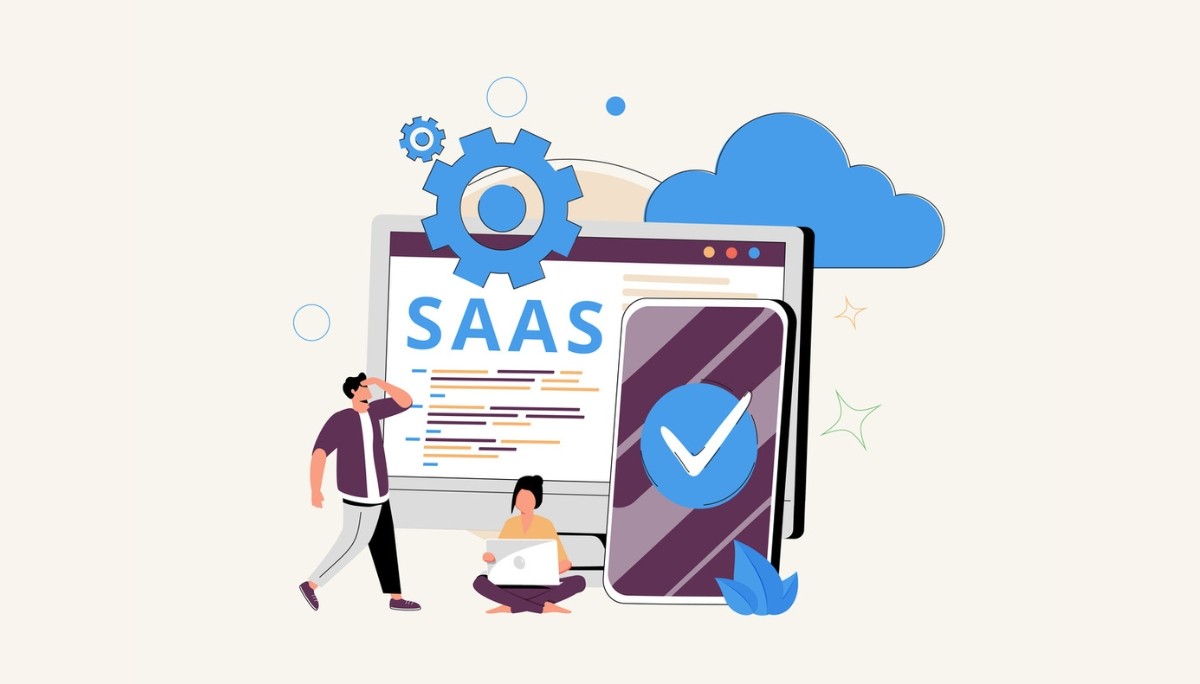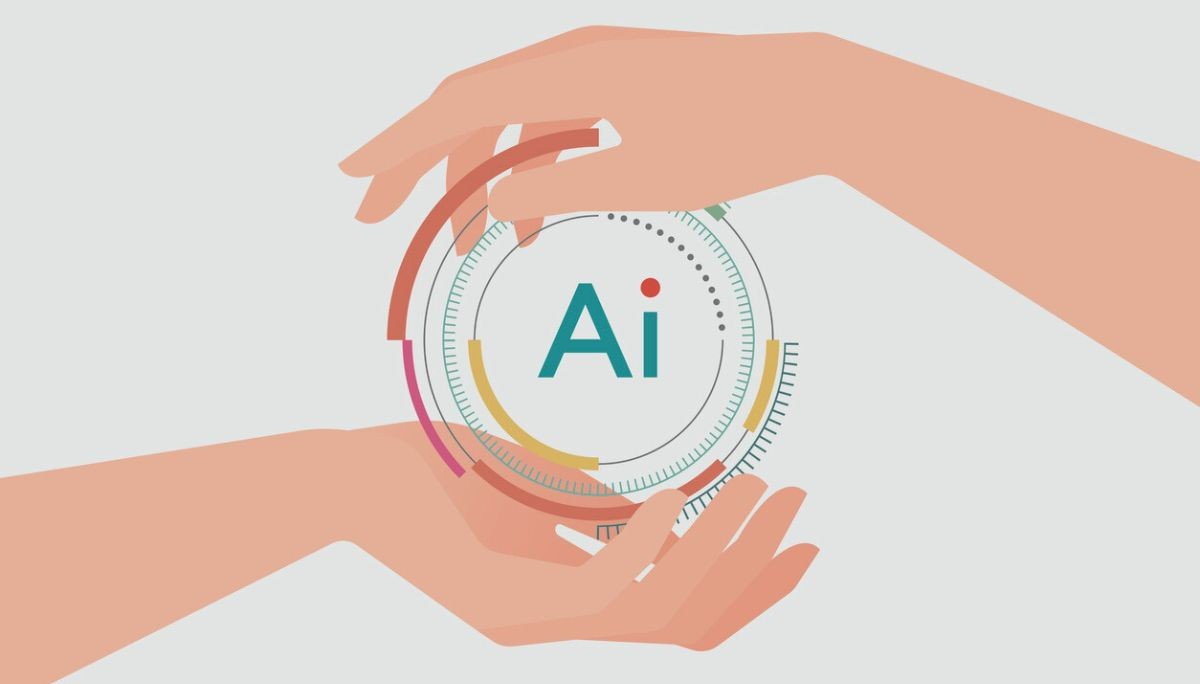Learn Golang, Installation Guide & Google Analytics Integration
By
Liz Fujiwara
•
Oct 17, 2025
Golang, also known as Go, is a powerful open-source programming language developed by Google to address the challenges of modern software development. It combines the performance and safety of a statically typed, compiled language with the simplicity and ease of use often found in dynamically typed languages. Go was designed with developers in mind, offering fast compilation times, efficient concurrency, and a clean syntax that emphasizes clarity and maintainability. In this article, you’ll learn about Golang’s key features, how to install it on your system, and how to write your first Go program. Whether you’re a beginner exploring new programming languages or an experienced developer seeking efficient performance for large-scale applications, this guide will help you understand why Go has become one of the most in-demand languages in the industry.
Key Takeaways
Golang, or Go, is an efficient programming language designed for simplicity and concurrency, making it ideal for high-performance applications.
Installing Go is straightforward, with clear steps for Linux, macOS, and Windows, enabling you to start programming quickly.
Mastering Go’s robust standard library and concurrency features is key to building scalable applications and improving your coding skills.
What is Golang?

Golang, also known as Go, is a powerful open-source programming language developed at Google to enhance programming productivity. Designed for simplicity and efficiency, Go allows developers to write clear, concise code, making it an excellent choice for backend services and other applications. Unlike many programming languages, Go emphasizes clean syntax and rapid development cycles, contributing to its growing popularity among developers.
Go has carved out a niche by addressing limitations found in other languages. Its creators designed it to simplify complex processes while maintaining high performance and reliability.
With features like garbage collection, Go ensures efficient memory management, allowing developers to focus on writing effective code without worrying about low-level details. Consequently, Go has become a go-to language for building scalable software solutions.
Key Features of Golang

One of the standout features of the Go programming language is its emphasis on simplicity and efficiency in building scalable software. Go’s syntax is clear and straightforward, making it accessible to both beginners and experienced developers. This simplicity, combined with powerful features, allows developers to quickly grasp the fundamentals and start creating effective Go programs.
Concurrency is another key strength of Go. Its support for concurrent tasks through goroutines and channels enables developers to handle multiple operations simultaneously, significantly boosting application performance. This makes Go particularly well-suited for high-performance, cloud-native applications and microservices architectures.
Additionally, Go’s standard library and features like garbage collection enhance its appeal. Garbage collection manages memory efficiently, reducing memory-related issues and allowing developers to focus on building scalable solutions. Overall, Go combines simplicity, concurrency, and high performance, making it a powerful tool for modern software development.
Installing Golang
Installing the Go language is straightforward, but following the correct steps for your operating system is crucial. The project has several important aspects that need to be addressed during installation.
For Linux users
Remove any previous Go installation by deleting the /usr/local/go directory.
Download the latest version of Go.
Extract the archive and move it to the /usr/local directory using:
tar -C /usr/local -xzf go1.25.1.linux-amd64.tar.gzAdd Go to your PATH environment variable by adding the following line to your profile file:
export PATH=$PATH:/usr/local/go/bin
For macOS users
The Go distribution is typically installed in the /usr/local/go directory. After installation, follow these steps:
Close and reopen Terminal sessions for the changes to take effect.
Open Terminal and type:
go version
to confirm the installation and verify the installed version.
For Windows users
Download the installer from the official Go website.
Follow the installation prompts.
After installation, open Command Prompt and type:
go version
to verify the installation.
With Go installed, you’re ready to start your Go programming journey. Remember to use the go mod tidy command to manage dependencies and ensure your Go project runs smoothly.
Getting Started: Writing Your First Go Program

Starting with your first Go program is an exciting step into the world of Go programming. The basic structure of a Go program includes declaring a main package, importing necessary packages, and defining a main function. Let’s start with a simple “Hello, World!” program. Create a new file and name it ‘main.go’. Inside the file, write the following Go code:
package main
import "fmt"
func main() {
fmt.Println("Hello, World!")
}
In this example, the 'fmt' package is used for formatting text output, allowing you to print messages to the console. To run the program, open your terminal and navigate to the directory containing your 'main.go' file. Type 'go run .' to execute the program, and you should see "Hello, World!" printed on your screen. This simple exercise demonstrates the ease of writing and running Go programs, setting the stage for more complex coding projects.
Diving deeper into Go programming, you’ll encounter various commands and tools that enhance your coding experience. The 'go build' command compiles your code, while 'go test' allows you to run unit tests to ensure your programs work correctly.
Go’s documentation provides numerous annotated example programs and exercises to help you learn and master the language. By experimenting with these examples and exploring Go’s rich feature set, you’ll quickly become proficient in writing efficient and robust Go code.
Understanding Concurrency in Go
Concurrency is a cornerstone of the Go programming language, enabling efficient multitasking within applications. Go’s concurrency model utilizes goroutines and channels, allowing simultaneous execution of tasks and significantly boosting application performance. Goroutines are lightweight and managed by the Go runtime, making it possible to spawn thousands without overwhelming system resources.
Channels facilitate synchronized data exchanges between goroutines, ensuring safe communication and preventing issues related to shared memory. The select statement can handle multiple channels at once, enabling a goroutine to proceed with the first available message. This flexibility in managing concurrency makes Go an excellent choice for developing high-performance applications.
However, it’s crucial to understand potential issues like deadlocks and race conditions that can arise from improper synchronization. Using the sync package helps manage these challenges by ensuring access to shared data is appropriately controlled. By mastering Go’s concurrency features, you can write programs that are both efficient and reliable.
Exploring Go's Standard Library
The standard library of the Go programming language is one of its most appealing features. It includes built-in functionalities for a wide range of tasks, from web server implementation to cryptography. For example, the net/http package provides HTTP client and server functionality, allowing developers to build web applications seamlessly.
Another essential package is fmt, used for formatted I/O operations. It offers functions for printing and scanning formatted input and output, making it a staple in Go programming.
The encoding/json package is also crucial, enabling the encoding and decoding of JSON data. This package includes functions like Marshal and Unmarshal, which convert Go values to JSON and vice versa, facilitating data interchange in web APIs. The Indent function formats JSON output with indentation for better readability, while custom marshaling through the Marshaler interface allows developers to define how their types should be serialized. Leveraging Go’s standard library simplifies the development process and helps create powerful, feature-rich applications with ease.
Integrating Google Analytics with Go
Integrating Google Analytics with your Go projects can provide valuable insights into user behavior and application performance. Google Analytics 4 (GA4) offers enhanced tracking across various devices and platforms, improving your ability to analyze user interactions. To begin, create or use an existing Google Analytics workflow and select the ‘Google Analytics 4’ action type.
After obtaining your Measurement ID from the Data Stream in Google Analytics, you can track events effectively. Following Google’s event naming conventions ensures accurate tracking, and an API Secret is required to securely communicate data between your Go application and GA4.
Finally, remember to publish the workflow after saving actions in GA4 to make it operational. By following these steps, you can successfully implement Google Analytics in your Go projects and gain deeper insights into your application’s performance.
Best Practices for Go Programming

Adopting best practices in Go programming is crucial for writing efficient, maintainable, and reliable code. A key principle in Go is explicit error handling, which improves clarity and simplifies debugging. Go defines errors using a built-in interface, allowing any type with an Error method to represent an error. Using fmt.Errorf to wrap errors provides context, making it easier to trace the source of issues.
Always check and handle errors returned from functions to ensure error management. Additionally, Go’s automatic memory management through its built-in garbage collector helps prevent memory-related issues, allowing developers to focus on writing effective and efficient code. Following these best practices ensures that your Go programs are both reliable and maintainable.
Tools and Resources for Go Developers

The Go programming language is supported by a robust ecosystem of tools and resources that streamline the development process. Visual Studio Code offers a dedicated extension for Go development, increasing coding productivity. GoLand provides a full-featured IDE tailored for Go, which can function as a standalone application or as a plugin within IntelliJ IDEA Ultimate.
For developers who prefer Vim, the vim-go plugin adds comprehensive support for Go programming, making it a practical option for Vim users. The Go community wiki maintains an extensive list of tools, text editors, and IDEs, helping developers easily find the resources they need.
Online communities such as Stack Overflow and Reddit’s r/golang are also valuable for troubleshooting and knowledge sharing. Leveraging these tools and resources allows you to enhance your Go programming skills and confidently tackle complex projects.
Introduction to Fonzi
Fonzi is a game-changer in AI engineering talent acquisition. This curated marketplace connects companies with top-tier, pre-vetted AI engineers through its innovative Match Day system. On Match Day, employers can make salary-backed offers to candidates, ensuring a structured and efficient hiring experience while minimizing spam and guaranteeing genuine interest.
Candidates benefit from multiple job offers from top companies, enhancing their chances of securing desirable positions. The platform is free for candidates, with no hidden fees, and also provides mentorship and networking opportunities, helping employees manage career growth effectively. Personalized job recommendations aligned with candidates’ skills and aspirations ensure a seamless job search experience.
Why Choose Fonzi for Hiring AI Engineers
Fonzi offers several advantages for companies:
Automates candidate screening and evaluation, allowing recruiters to focus on meaningful interactions.
Leverages data-driven insights to reduce hiring times and improve candidate quality.
Supports organizational growth by identifying internal candidates and optimizing talent usage.
Provides high-signal, structured evaluations with built-in fraud detection and bias auditing for a reliable and transparent hiring process.
Fonzi is an ideal choice for both early-stage startups and large enterprises looking to efficiently scale their AI teams.
Summary
Learning Golang opens up a world of possibilities for developers looking to build efficient and scalable software. From understanding its key features and installing Go to writing your first program and exploring its concurrency model, this guide provides a comprehensive overview of Go programming. Integrating Google Analytics with Go adds another dimension to your projects, offering valuable insights into user behavior and application performance.
Additionally, adopting best practices and leveraging the right tools and resources can significantly improve your Go programming experience. Finally, Fonzi stands out as a revolutionary platform for hiring top-tier AI engineers, making the hiring process faster, more efficient, and more transparent. By embracing Golang and considering Fonzi for your hiring needs, you’ll be well-equipped to tackle the challenges of modern software development and achieve your career goals.




